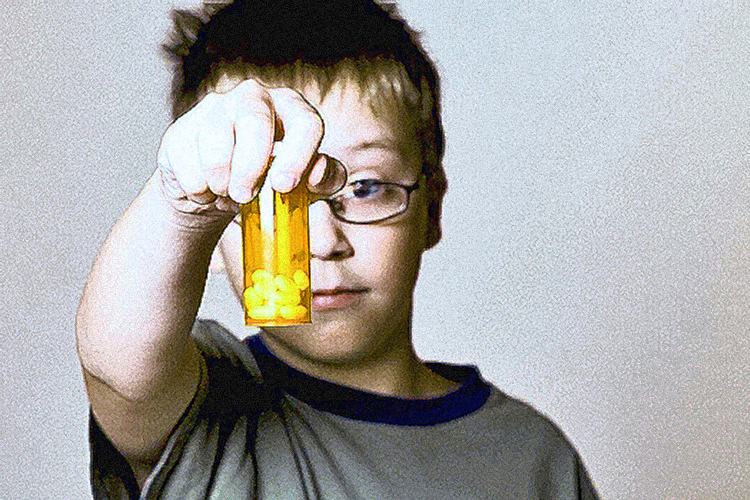 By Jon Rappoport
By Jon Rappoport
“Take a child who wants to invent something out of thin air, and instead of saying no, tell him he has a problem with his brain, and then stand back and watch what happens. In particular, watch what happens when you give him a toxic drug to fix his brain. You have to be a certain kind of person to do that to a child. You have to be, for various reasons, crazy and a career criminal.” (The Underground, Jon Rappoport)
First, here are a few facts that should give you pause: According to NAMI (National Alliance on Mental Illness), “More than 25 percent of college students have been diagnosed or treated by a professional for a mental health condition within the past year.”
NAMI: “One in four young adults between the ages of 18 and 24 have [we claim] a diagnosable mental illness.” According to healthline.com, 6.4 million American children between the ages of 4 and 17 have been diagnosed with ADHD. The average age for the child’s diagnosis is 7.
Let’s look at just one of the drugs: Ritalin (or any similar ADHD medicine). After a creative child is seen fidgeting in class, looking bored, studying what he wants to study, ignoring classroom assignments, focusing on what interests him, he is diagnosed with ADHD. Then comes the drug.
In 1986, The International Journal of the Addictions published an important literature review by Richard Scarnati. It was called “An Outline of Hazardous Side Effects of Ritalin (Methylphenidate)” Scarnati listed a large number of adverse effects of Ritalin and cited published journal articles which reported each of these symptoms.
For every one of the following (selected and quoted verbatim) Ritalin effects, there is at least one confirming source in the medical literature:
* Paranoid delusions
* Paranoid psychosis
* Hypomanic and manic symptoms, amphetamine-like psychosis
* Activation of psychotic symptoms
* Toxic psychosis
* Visual hallucinations
* Auditory hallucinations
* Can surpass LSD in producing bizarre experiences
* Effects pathological thought processes
* Extreme withdrawal
* Terrified affect
* Started screaming
* Aggressiveness
* Insomnia
* Since Ritalin is considered an amphetamine-type drug, expect amphetamine-like effects
* Psychic dependence
* High-abuse potential DEA Schedule II Drug
* Decreased REM sleep
* When used with antidepressants one may see dangerous reactions including hypertension, seizures and hypothermia
* Convulsions
* Brain damage may be seen with amphetamine abuse.
Under this chemical assault on the brain, what are the chances that a creative child will go on in life to become an innovator, rather than a victim of psychiatric drugging? Make a list of your favorite innovators. Imagine them as bored distracted children sitting in classrooms…and then diagnosed, and then hammered with drugs prescribed by a doctor.
This is happening now. The institution of psychiatry is making it happen.
What about the consequences of diagnosing clinical depression in larger numbers of young children? What about the antidepressant drugs?
Learn more: https://jonrappoport.wordpress.com/2017/06/23/the-psychiatric-agenda-destroys-creative-children/
